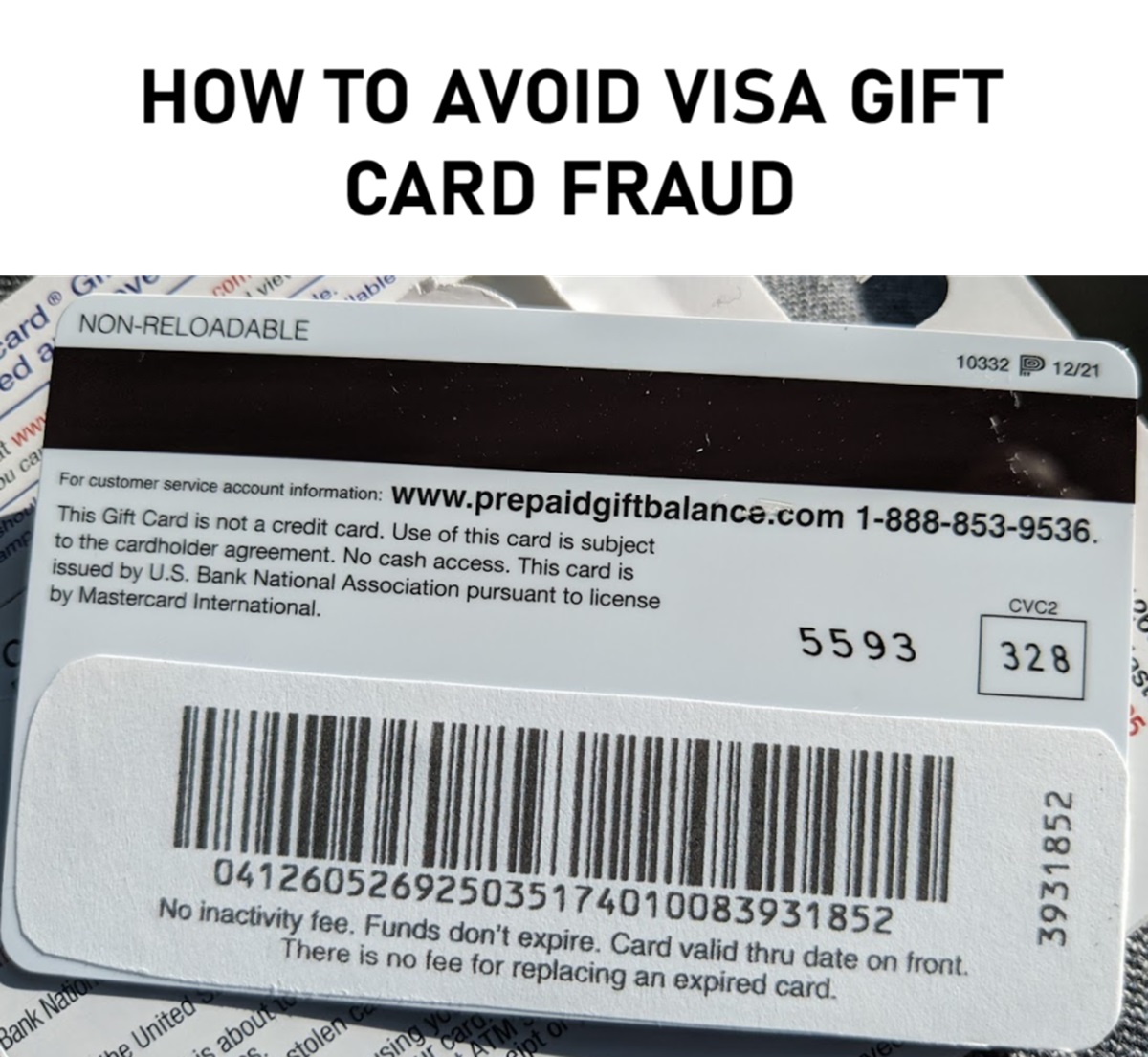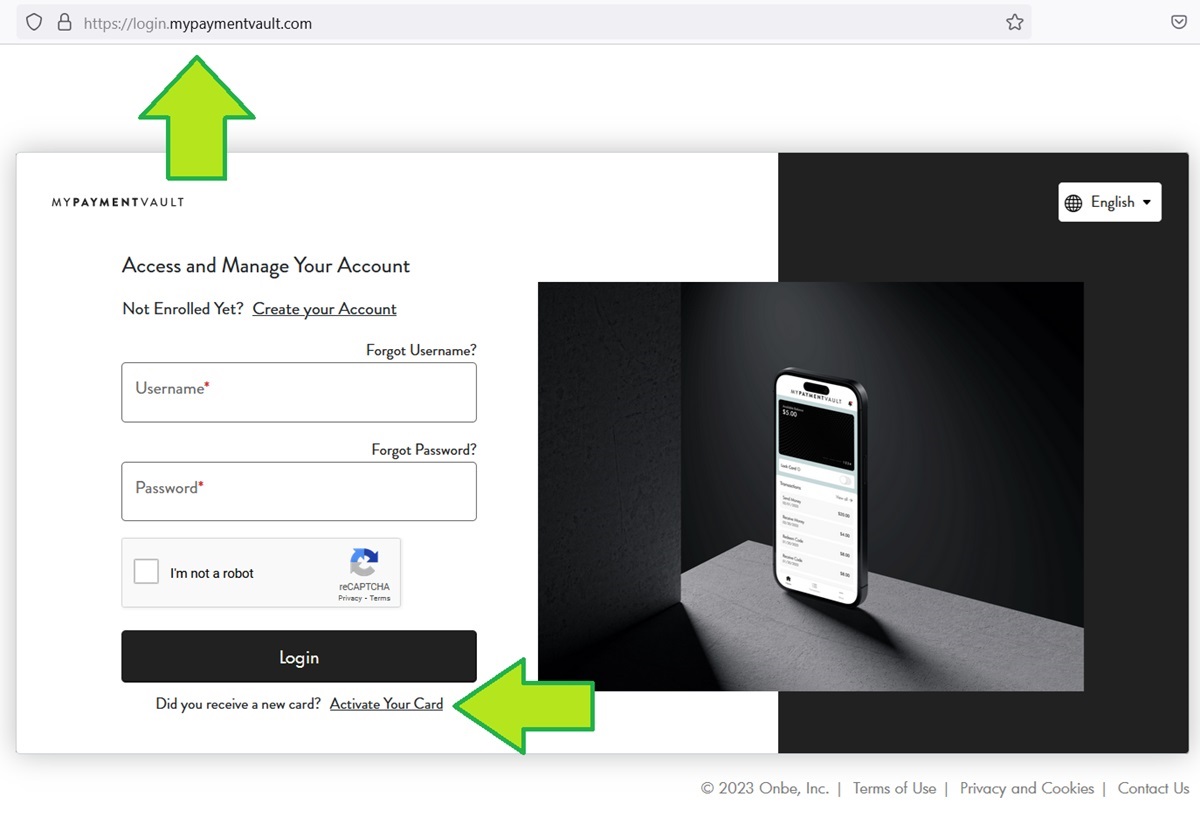How to Avoid Prepaid Gift card Fraud
How to Avoid Prepaid Gift Card Fraud: The Types of Scams and How to Spot Them.
Please read this guide carefully. As gift card fraud had become common, we advise to check prepaid Visa and Mastercard gift cards for tampering before your pay for them at checkout.
Prepaid gift card fraud can lead to both lost funds and also identity theft, so understanding the types of scams and how to avoid them is essential.
We have added a list of the different types of gift card fraud, how to spot them, and what to do to stay safe.

Types of Gift Card Fraud and How to Recognize Them.
a. Gift Card Phishing Scams
- What It Is: Phishing scams use fake emails, texts, or phone calls pretending to be from a trusted source, like a well-known retailer, bank, or even a government agency. These messages may claim that you’ve won a gift card, that there’s a problem with your account, or that you need to pay a fee to claim your prize.
- How to Spot It: Look out for:
- Unusual language: Phishing messages often contain spelling or grammar mistakes.
- Urgency or threats: Phrases like “act now” or “your account will be suspended.”
- Suspicious links: Hover over any links without clicking. If they don’t go to the company’s official website, it’s likely a scam.
- How to Avoid It: Don’t respond to unexpected messages asking for personal information. Instead, contact the company directly through verified contact information.
b. Gift Card Tampering at Retail Locations.
- What It Is: Scammers sometimes visit stores, tamper with gift card displays, and copy or photograph the codes on the backs of the cards. Later, they monitor the cards online to see when they are activated and then use the funds before the purchaser can.
- How to Spot It: Signs of tampering include:
- Scratched-off PINs: If the security strip covering the PIN is already scratched, the card has likely been tampered with.
- Damaged packaging: Check for any tears or alterations to the card’s packaging, which may indicate someone tried to access the card’s code.
- How to Avoid It: Only buy gift cards kept behind a register or in a secure area, and examine the card carefully before purchase. Register the card as soon as possible if the retailer offers that option.
c. Fake Gift Card Generators.
- What It Is: Online scammers advertise fake “gift card generators” that claim to give users free codes. In reality, these tools may steal personal information, install malware, or collect payment details under the pretense of a “processing fee.”
- How to Spot It: Common red flags include:
- Promises of free or unlimited gift cards: No legitimate service offers this.
- Requests for personal information: Any requirement to enter a Social Security number, credit card, or banking info is suspicious.
- How to Avoid It: Avoid websites or tools offering free gift cards. Only purchase cards from official retailers or trusted websites.
d. Gift Card Payment Scams.
- What It Is: Scammers impersonate organizations or family members, demanding payment through gift cards. They may claim to be from a utility company, the IRS, or law enforcement and insist on gift card payment for debts, fines, or taxes.
- How to Spot It: Key warning signs include:
- Unusual payment requests: No legitimate company or government agency accepts gift cards as a payment method.
- Pressure tactics: Scammers may use threats, like arrest or legal action, to create urgency.
- How to Avoid It: If you receive a demand for payment via gift card, end the communication immediately. Report the contact to the FTC or your local law enforcement agency.
e. Online Marketplace Gift Card Scams.
- What It Is: Scammers sell gift cards on online marketplaces at steep discounts or under the pretense of a private sale. Often, these gift cards are stolen, or their balance is depleted after purchase.
- How to Spot It: Watch for:
- Deals that are too good to be true: Legitimate cards are rarely, if ever, sold at massive discounts.
- Unverified sellers: Avoid buying gift cards from sellers without a history of positive feedback or verified profiles.
- How to Avoid It: Only buy gift cards directly from retailers or trusted, verified online marketplaces.
General Tips to Avoid Gift Card Fraud.
a. Buy from Trusted Retailers Only
- Purchase gift cards from established retailers, either in-store or from their official websites. Avoid third-party websites or individuals selling cards at deep discounts.
b. Activate and Use the Card Promptly
- The longer you wait to use a gift card, the higher the chance a scammer could intercept it, especially if it’s been tampered with. Try to redeem or use the card shortly after purchasing.
c. Register the Gift Card
- If the retailer offers an option to register the gift card online, take advantage of it. Registering the card makes it easier to track its balance and, in some cases, recover funds if it’s lost or stolen.
d. Keep Receipts
- Always keep the receipt as proof of purchase. Some retailers may replace a card or refund a balance if you can provide a receipt showing you were the original purchaser.
e. Monitor Gift Card Balances
- Regularly check the balance on your gift card, especially if you don’t plan to use it immediately. Some retailers offer online balance checks, making it easy to monitor the funds.
3. What to Do if You Suspect Gift Card Fraud
If you suspect that you’ve been a victim of gift card fraud, here are steps you can take:
- Contact the Retailer: Report the issue to the company that issued the gift card. Some companies have fraud departments that may help recover lost funds, though this isn’t guaranteed.
- Report to the Federal Trade Commission (FTC): Visit reportfraud.ftc.gov to submit a report, which helps the FTC track and combat gift card fraud.
- Contact Your Bank: If you purchased the gift card with a credit or debit card, contact your bank to see if they can help with chargebacks or additional fraud protection.
Thank you for visiting.





